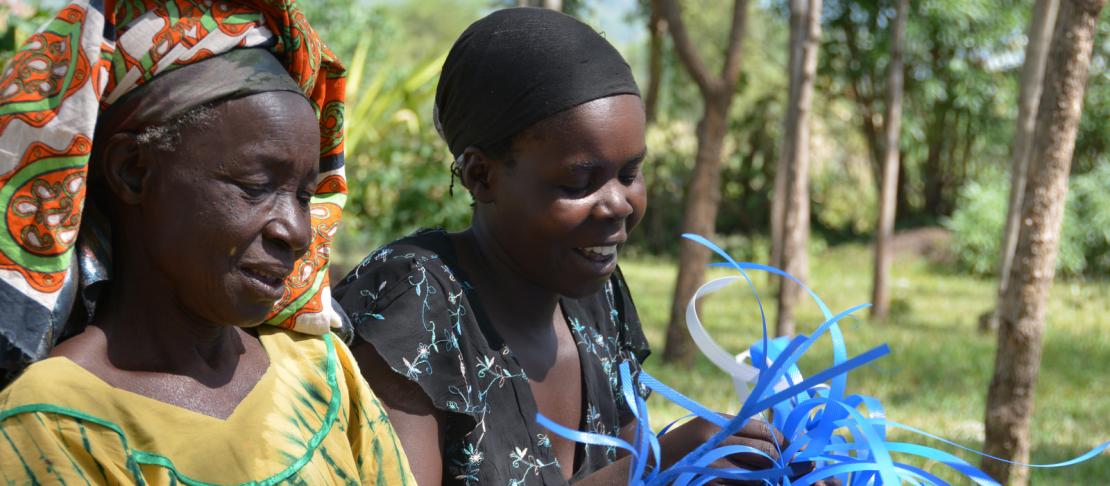Tuning in to Climate-Smart Agriculture

Like staticky signals on a car radio, there are a lot of different voices in agricultural development all wanting to be heard. Different stakeholders with different needs and goals all jostle to have their say.
The buzz and crackle of a car radio tuner searching for a clear station is a sound most of us are familiar with. On a long road trip we can juggle back and forth between lots of semi-decent options, the talk-show hosts shouting over the classic rockers, who in turn try to drown out commentary on the latest World Cup match. But rarely do we hit upon that one crystal clear station that jives perfectly with both our mood and the landscape.
Like staticky signals on a car radio, there are a lot of different voices in agricultural development all wanting to be heard. Governments and politicians shout about national GDPs and economic growth. Farmers shout about crop yields and input costs. The private sector shouts about new technology and investment opportunities, while development organizations shout about equity and sustainability.
Despite their differing agendas, there is one irreducible factor that effects the goals of all agricultural stakeholders: the climate. Scientists have been shouting about this one for a long time, but is there a way to get everybody on the same wavelength?
“Climate-smart” agriculture – that is, agriculture that is productive, resilient, and part of the solution to the climate problem – must become the new paradigm in the 21st century. Why is climate-smart agriculture so important? Here are three good reasons:
1) Global wheat and maize yields have been projected to decline to an alarming degree in response to warming temperatures, underlining the urgent need to adapt crops and management techniques to a warmer and more unpredictable world;
2) Temperature and rainfall variations have been shown to drive crop yield variations, meaning food security is dangerously sensitive to the vagaries of the climate; and
3) Agriculture is part of the climate problem, with 19 to 29 percent of global greenhouse gas emissions attributable to agriculture-related activities (2010 estimates). Fortunately, agriculture also offers huge opportunities for climate change mitigation and emission reductions should climate-smart agriculture be adopted wholesale.
So, can we make climate-smart happen? The obstacles are great, and there are some that say it can’t be done. But if, as a global community, we tune in to the same wavelength and articulate our efforts in a truly global partnership, we have the means to rise to the challenges.
Read the rest of the story "Climate-Smart Agriculture Hits the 21st Century" on the Food Tank website.
Dr. Andy Jarvis is program leader for the Research Theme on Long-Term Adaptation to Climate Change, part of the CGIAR Research Program on Climate Change, Agriculture and Food Security. The Global Forum on Agricultural Research (GFAR) brings together all those working to strengthen and transform agricultural research for development around the world. During 2014 and the International Year of Family Farming (IYFF), GFAR is working with Food Tank to showcase and raise awareness and understanding of the challenges faced by smallholders and help identify efficient ways to support family farmers
This article was first posted on the Food Tank website.



